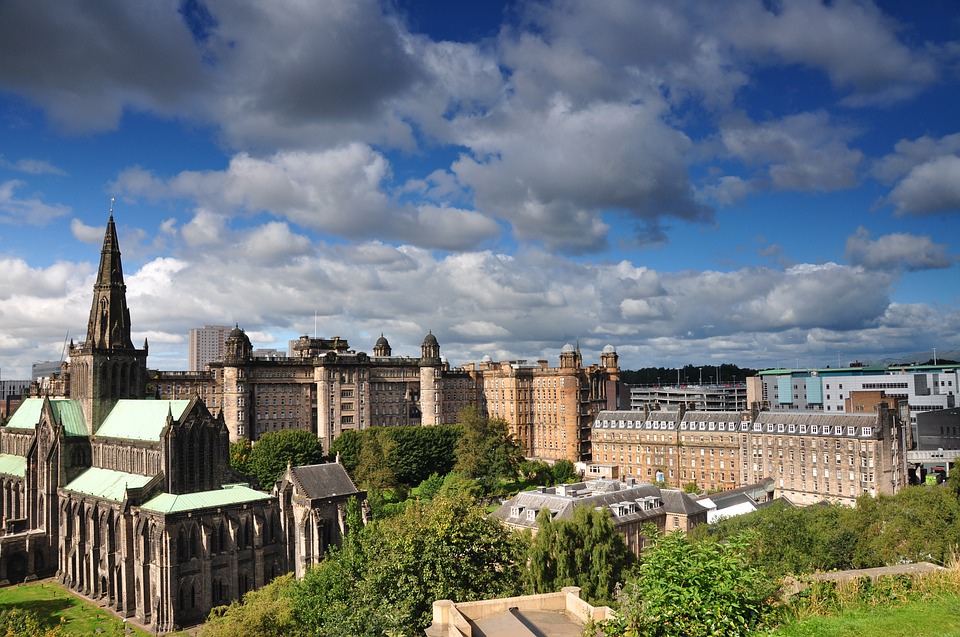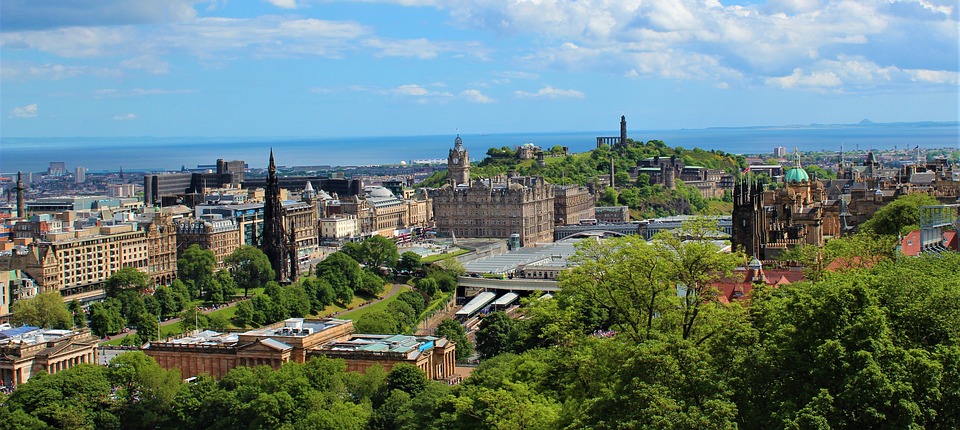THE Scottish commercial property market is set for a surge in activity as pent-up demand from overseas and UK investors makes its way to market in 2022.
Commercial property experts in Glasgow and Edinburgh have hailed high-end opportunities with the return of the office and continuing benefit from warehousing and industrial sites driven by people changing habits and accelerated by the pandemic.
Alasdair Steele, head of Scotland commercial at Knight Frank, said: “It has been an interesting year. One of the big themes that has come through has been the resilience within the market.
“Everybody has found a way of working around the challenges of the current pandemic, which is good and will stand us in good stead going forward.”
He added: “There is clearly a huge weight of money that has been amassed and is waiting in the wings to invest into property.
To find out more about how we can assist you with your Commercial Finance requirements, please click here to get in touch
“We are starting to see that in a number of deals that have come about towards the end of this year.
“I think next year is going to be a very strong year for that reason and I think what we are going to see a continued polarisation of the market really where it is almost like mining for gold.
“You have this little thin strip of the market that is incredibly sought after by a lot of buyers and then once you move out of that it becomes a much quieter marketplace.”
Among the transactions in the Scottish capital, two prime sites in the city’s financial district were sold with long-term tenants intact, including 145 Morrison Street, which is entirely let to Capita until 2030, was acquired for £12 million by Topland and Exchange Place One was sold in an off-market deal.
Mr Steele said: “There continues to be strong demand from UK institutions for long secure income streams. There is lots of money seeking after that, that old story of industrial accommodation just continues to get stronger and stronger with the kind of change in people’s shopping habits that was accelerated by the whole Covid pandemic has continued apace and there is just an insatiable demand for industrial investments from UK and overseas investors and I think that is definitely going to continue.”
An industrial shed in Lanarkshire, let to the Swedish commercial vehicle manufacturer Scania, was sold for around £11m last month.
Read more about the UK Commercial Property Market
“UK institutions for example are all driven by benchmarks so they tend to be relatively comfortable with buying what everyone else is buying, because they are judged against benchmarks and ratings but if you are a private equity investor you want to see value and it is very difficult to see value in the market where everyone else is trying to buy, so I think we’ll see some changes and I think one of the things that there could be a lot of interest an activity in is offices.
“Of course if you look at the pricing to the yields in those markets compared to a lot of Europe they are good value
“So I think there will continue to be a lot of overseas interest in offices in both Edinburgh and Glasgow next year,” said Mr Steele.
Glasgow’s largest single office block at 177 Bothwell Street is set for its official opening in January which comes with the entire building already let.
Its tenants include Transport Scotland, which is moving its headquarters there, AECOM, Virgin Money, and PNB Paribas, one of the world’s largest banking groups.
Stephen Lewis, managing director of HFD Property Group, said: “As I had predicted about March last year, whilst I expected the demand for office space to reduce by about 15-20% overall, that demand would be more acutely felt at the Grade B end of the space and it would be a flight to quality and that has been borne out.
“It is probably still a bit early to talk about whether it has been 15-20% in terms of overall reduction in take-up but there is definitely a flight to quality and that is borne out by the fact our building has let up so strongly during that pandemic.
“That is as much about wellness, sustainability, Covid proofing buildings, smart tech, all these things are what is driving occupiers.
“The question occupiers are asking is what do we need to do ton attract our staff back to the office, so it is creating spaces that staff want to attend.
“The wider take-up figures in Glasgow are pretty strong, buoyed by 177 but in general take-up is stronger than the market had predicted at the start of the year and that partly reflects the fact the economy has held up well, employment levels have held up well and productivity generally has been okay.”
He added: “Out of town in business parks, occupation is rebounding back to pre-Covid levels and again demand for quality space is there, flexibility in some cases.
“That is helped by those who want to look at not just public transport connectivity but also car-born and business that don’t have to be located in the city centre are often happy to take space in out of town business parks because that fits the model so that has held up and been resilient.”
By Brian Donnelly
Source: Herald Scotland
Discover our Mortgage Broker services.



